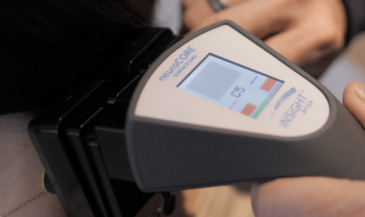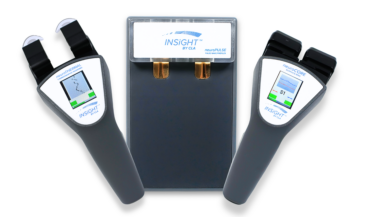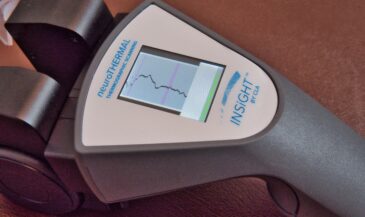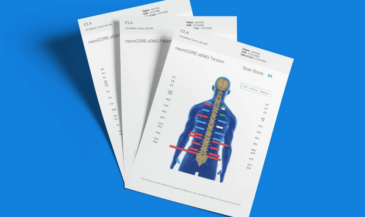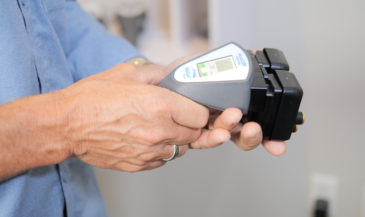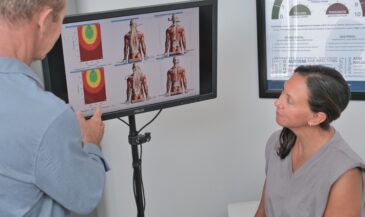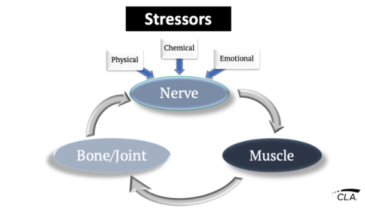By Dr. Christopher Kent
“Upper Cervical Techniques are considered Experimental or Investigational because current scientific evidence has not shown it to be safe, scientifically plausible, or effective. Specifically:
1. The clinical benefits of using xrays to identify subluxation or determine line of adjustment do not outweigh the known health risks of ionizing radiation and is, therefore, unsafe.
2. Adjusting upper cervical vertebrae to treat chief complaints unrelated to the cervical spine (e.g., lumbar pain) has not been shown to be either effective or scientifically plausible.
3. Leg length checks or thermography used to confirm the subluxation removal or to assess outcomes of care have not been shown to be either effective or scientifically plausible.
NOTE: “The use of a high velocity, low amplitude (HVLA) thrust adjusting technique by itself, which may be taught as part of an upper cervical protocol, is acceptable if the choice of that technique does not require xrays to identify subluxation/misalignment or to determine line of adjustment/correction; the upper cervical adjustment is not for the purpose of treating complaints unrelated to the cervical spine; and unacceptable, nonevidence based methods (e.g., leg length checks or thermography) are not used to confirm the subluxation’s removal or assess outcomes.” [1]
Is this an attempt at levity? A tasteless parody? No such luck. This is for real. These outrageous conclusions are based upon fifteen cited references, and are part of the “Clinical Quality/Guidelines” produced by American Specialty Health (ASH). These folks have more chiropractors as providers than the combined memberships all of our national associations. Their web site boasts that they have 28,000 providers. Most of them are chiropractors. They are the proverbial 800lb. gorilla.
The individuals responsible for this determination must have missed the more than 1,200 research papers, books, and presentations compiled by Kirk Eriksen in his text “Upper
Cervical Subluxation Complex: A Review of the Chiropractic and Medical Literature.” [2] They must also have missed the Practicing Chiropractors’ Committee on Radiology Protocols (PCCRP) Guidelines, with hundreds of references supporting the use of radiographic imaging for biomechanical assessment. [3] And, of course, they must have missed the Council on Chiropractic Practice (CCP) guideline as well. [4]
“But I’m not an upper cervical doctor,” you say. “Why should I care?” You should care if you practice any technique designed to correct vertebral subluxations, employ objective assessments such as xray and instrumentation, or even leg checks. Leg checks? Yep. They’re on the fecal roster.
“There is the potential risk of substitution harm if LLI (Leg Length Inequality) tests are used in place of conventional physical/neurological examination techniques.” [5] Says who? ASH Clinical Quality/Guidelines. [6] And, of course, “Quackwatch.” [7]
Substitution harm? Give me a break. And such draconian and antiscientific policies aren’t confined to ASH. Do you use an adjusting instrument? “Aetna considers spinal adjusting instruments (e.g., ProAdjuster, PulStarFRAS) experimental and investigational because of a lack of adequate evidence that these devices are effective in improving clinical outcomes.” [8] What kind of references did they cite in promulgating this policy? A “Quackwatch” listing was one of them. [9] Aetna is not alone in condemning instrument adjusting. ASH doesn’t like Activator Methods. [10]
Has a patient of yours ever received an EOB or letter from a third party payer stating that you used techniques that are “experimental and investigational?” I have heard of cases where parents were enraged when told by an insurer that a DC was “experimenting” on their children. Such terminology conjures up images of Dr. Frankenstein, or the Tuskegee syphilis study.
Okay. I know what you’re thinking. “I don’t participate in these plans. I have a cash practice. These policies won’t affect me.” Think again. How long do you think it will be before state boards adopt similar policies? It has already started. Colorado prohibits “Any practice system, analysis, method or protocol which relies upon diagnostic methods that are not generally recognized or accepted within the profession or which do not have scientific validity.” They even disallow “Any practice system, analysis, method, or protocol which is represented as a means of attaining spiritual growth, comfort, or wellbeing.” [11] Spiritual growth, comfort, and wellbeing? They can’t have DCs promoting things like spiritual wellbeing! No, I’m not joking. Read this stuff for yourself. It’s all available online.
What’s really going on? There is a wellchoreographed plan to sculpt the future of the profession. It casts chiropractic as a profession that uses crude manipulation for the short term symptomatic treatment of a narrow range of spinal pain syndromes. It involves either denying the very existence of vertebral subluxation, or at best downgrading it to a local mechanical lesion. The use of objective assessments is dismissed. Instead, care is based primarily on symptomatic response, without regard for xray or neurofunctional changes. Of course, lifetime wellness care is unthinkable in this model.
Consider this excerpt from a letter to the editor of Dynamic Chiropractic:
“Chiropractors who try to sell the public on lifetime adjustments to improve health in the absence of any evidence that this is beneficial for anything (other than the chiropractor) are rampant in our profession. This behavior needs to be exposed and condemned… It is time for our profession to stop tolerating such irresponsible and selfserving behaviors in our colleagues. Our profession’s public image has suffered enough from this kind of thing. It is time we put a stop to it.” [12]
If you think that this is just one person’s opinion, think again. Read the words of the SecretaryGeneral of the World Federation of Chiropractic:
“There is a public and medical perception that chiropractic treatment is endless…[T]he perception is fueled by and is consistent with some practices and practice management schemes that boast lifetime care, promote unreasonable frequency of care, and press patients for large advance payments for future treatments. As has been the case in Australia recently, licensing boards need to deal aggressively with unprofessional behavior in these areas.” [13]
Is there hope? Absolutely. But the outcome rests in your hands. You can deny that there is a problem, and do nothing. If you elect to engage in watchful waiting, make sure that you set aside time to practice saying, “Would you like fries with that?” in preparation for your new professional future. Or, you can make a fierce declaration of independence and purpose, and take decisive action. Show up at state board meetings. Better yet, get appointed to your state board. Support associations that support your values, and stop supporting those which do not. Get involved in chiropractic research, and subscribe to JVSR. Finally, contribute generously to the Council on Chiropractic Practice (CCP) to continue to serve you by developing guidelines that are congruent with your vision of chiropractic.
References
1. www.ashcompanies.com/data/pdf/resources/procedures/ UpperCervicalAdjustingTechinques.pdf
2. Erikksen K: “Upper Cervical Subluxation Complex: A Review of the Chiropractic and Medical Literature.” Lippincott Williams & Wilkins (November 1, 2003).
3. Practicing Chiropractors’ Committee on Radiology Protocols. www.pccrp.org/
4. Council on Chiropractic Practice. www.ccpguidelines.org
5. www.ashcompanies.com/data/pdf/ resources/procedures/FunctionalLegLengthInequality.pdf
6. www.ashcompanies.com/Providers/CQM/TechniqueProcedureCPGs.aspx
7. www.chirobase.org/19Insurance/ash.html
8. www.aetna.com/cpb/medical/data/200_299/0232.html
9. www.quackwatch.org/01QuackeryRelatedTopics/Tests/tests.html
10. www.ashcompanies.com/data/pdf/resources/procedures/
ActivatorMethods.pdf
11. www.dora.state.co.us/Chiropractic/Rules.pdf
12. www.chiroweb.com/archives/25/10/19.html
13. The Chiropractic Report. March 2003. Vol. 17, No. 2. Pages 78.)





